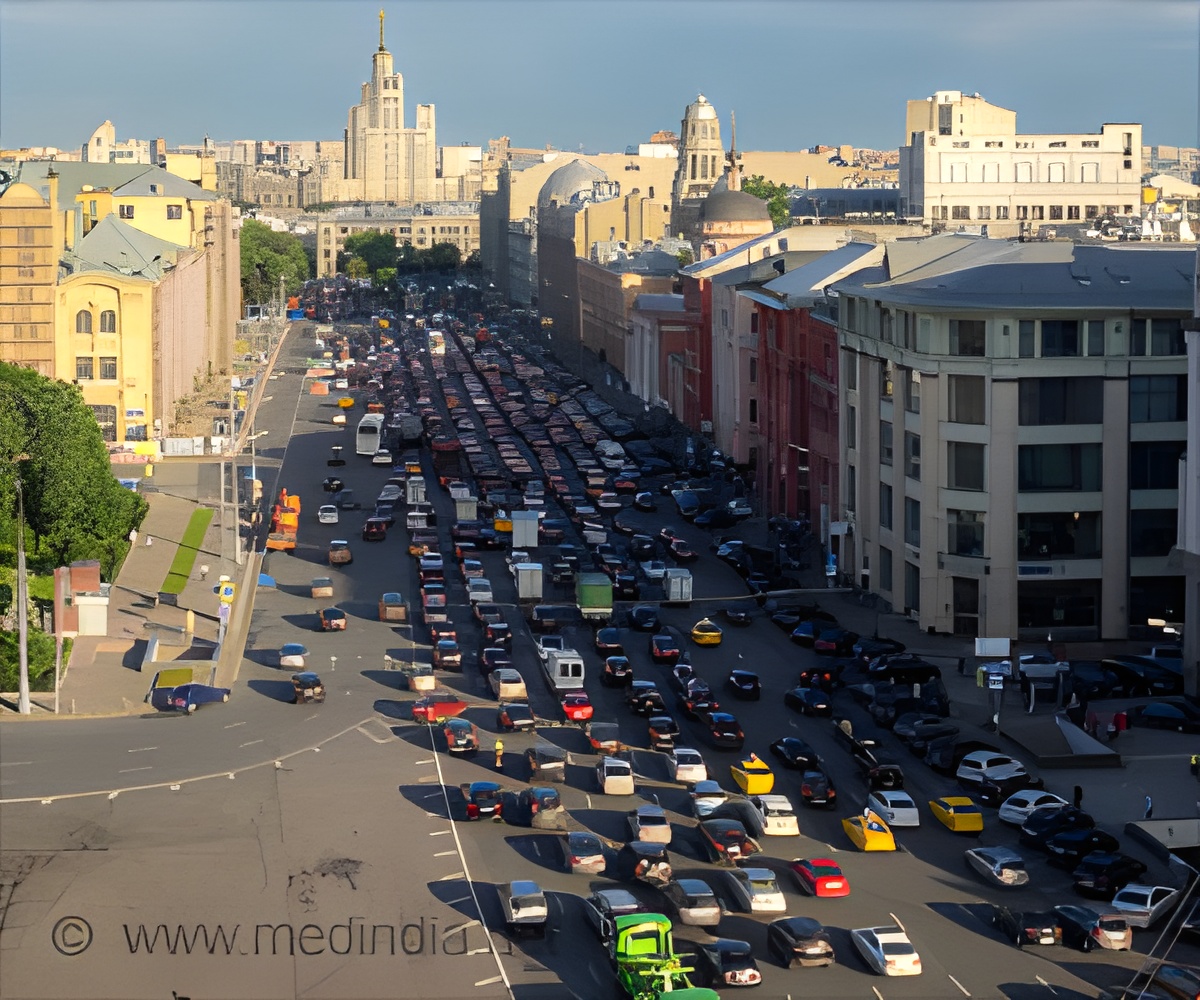Exposure of children to air pollution while going to school can lead to damaging effects on their memory.

TOP INSIGHT
20% of a child’s daily dose of black carbon a pollutant directly related to traffic is inhaled during urban commutes and is also found to impair the working memory.
The aim of the team undertaking the new study was to assess the impact of exposure to air pollution during the walking commute to school. The findings of an earlier study had shown that 20% of a child’s daily dose of black carbon— a pollutant directly related to traffic—is inhaled during urban commutes.
“The results of earlier toxicological and experimental studies have shown that these short exposures to very high concentrations of pollutants can have a disproportionately high impact on health” explains Mar Álvarez-Pedrerol, ISGlobal researcher and first author of the study.
“The detrimental effects may be particularly marked in children because of their smaller lung capacity and higher respiratory rate,” she adds.
The study was carried out in Barcelona and enrolled over 1,200 children aged from 7 to 10, from 39 schools, all of whom walked to school on a daily basis. The children’s working memory and attention capacity was assessed several times during the 12-month study. Their exposure to air pollution over the same period was calculated on the basis of estimated levels on the shortest walking route to their school.
No significant associations were found with exposure to NO2 and none of the pollutants studied were observed to have any effect on attention capacity. In this study, boys were much more sensitive than girls to the effects of both PM2.5 and black carbon.
“The fact that children who walk to school may be more exposed to pollution does not mean that children who commute by car or on public transport are not also exposed to high levels. The solution is the same for everyone: reduce the use of private vehicles for the school run and create less polluted and safer home-to-school routes.”
Source-Medindia
 MEDINDIA
MEDINDIA




 Email
Email









